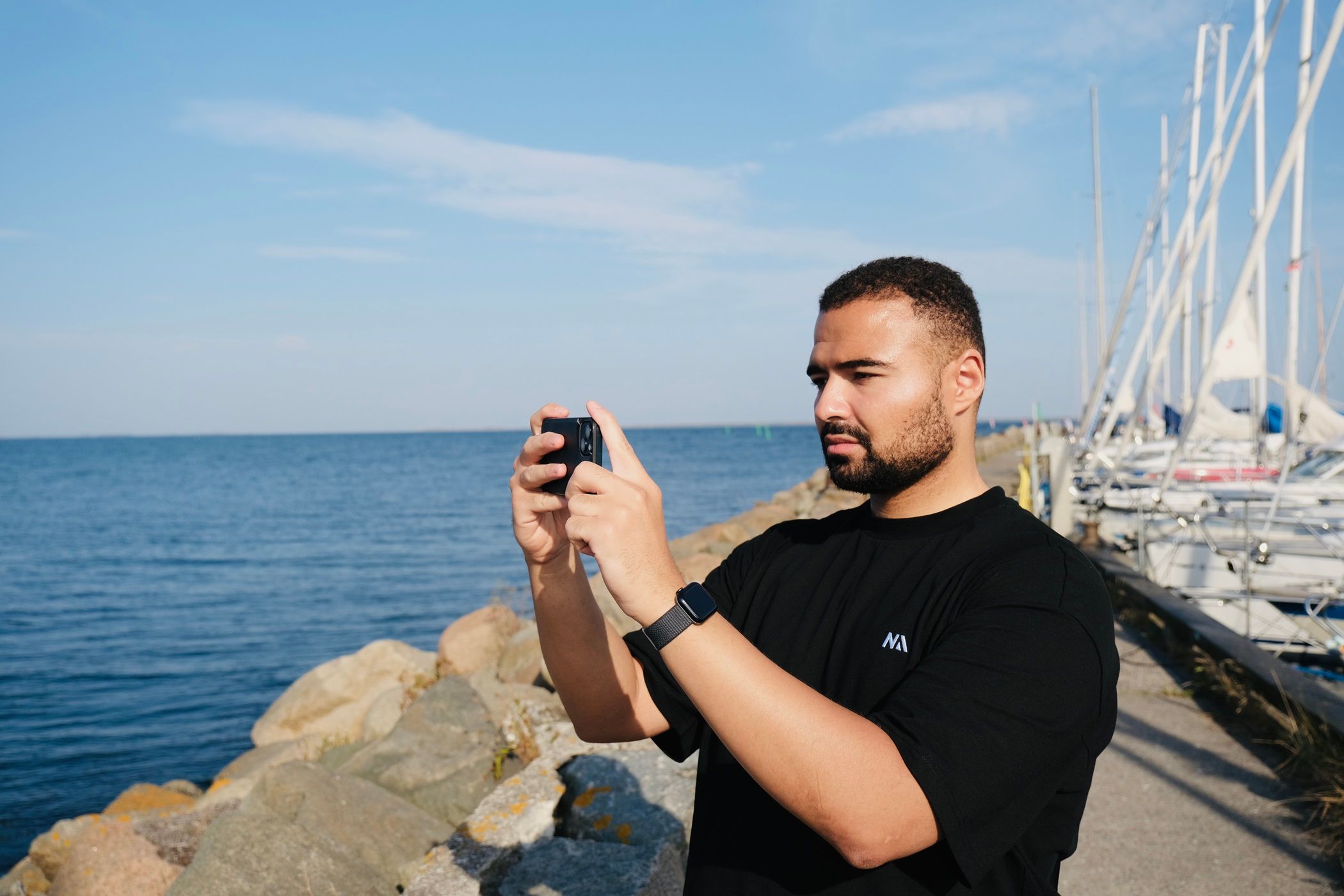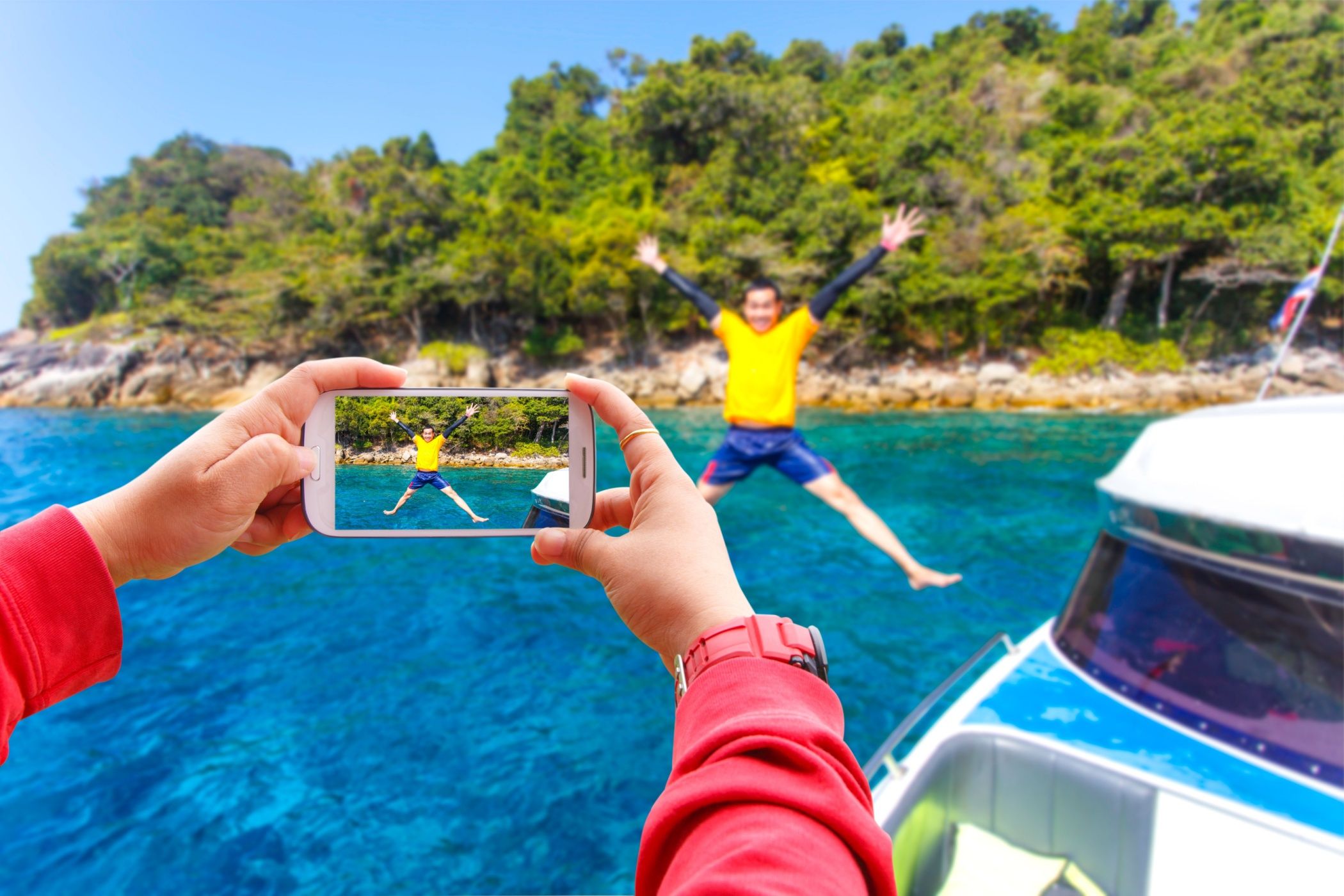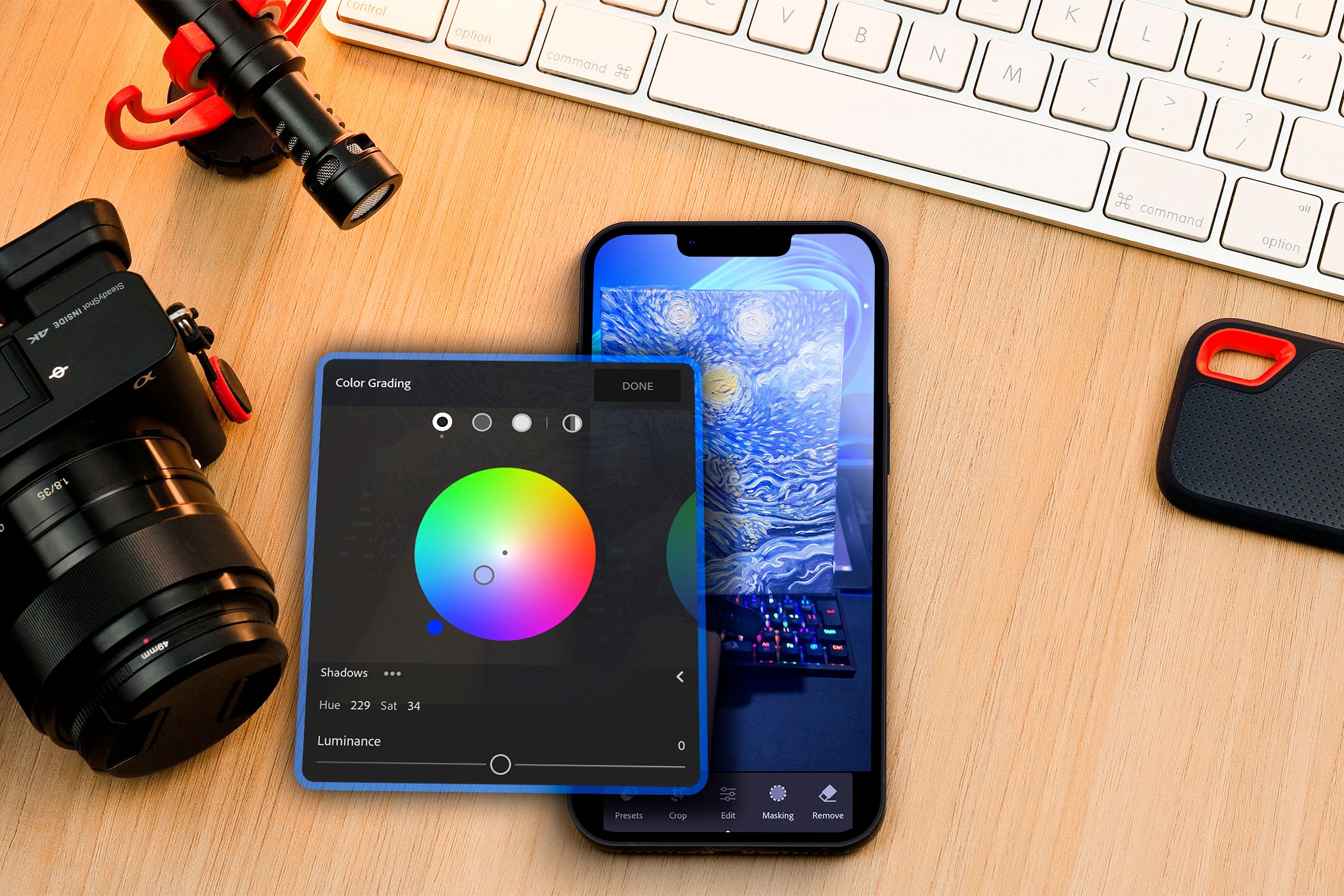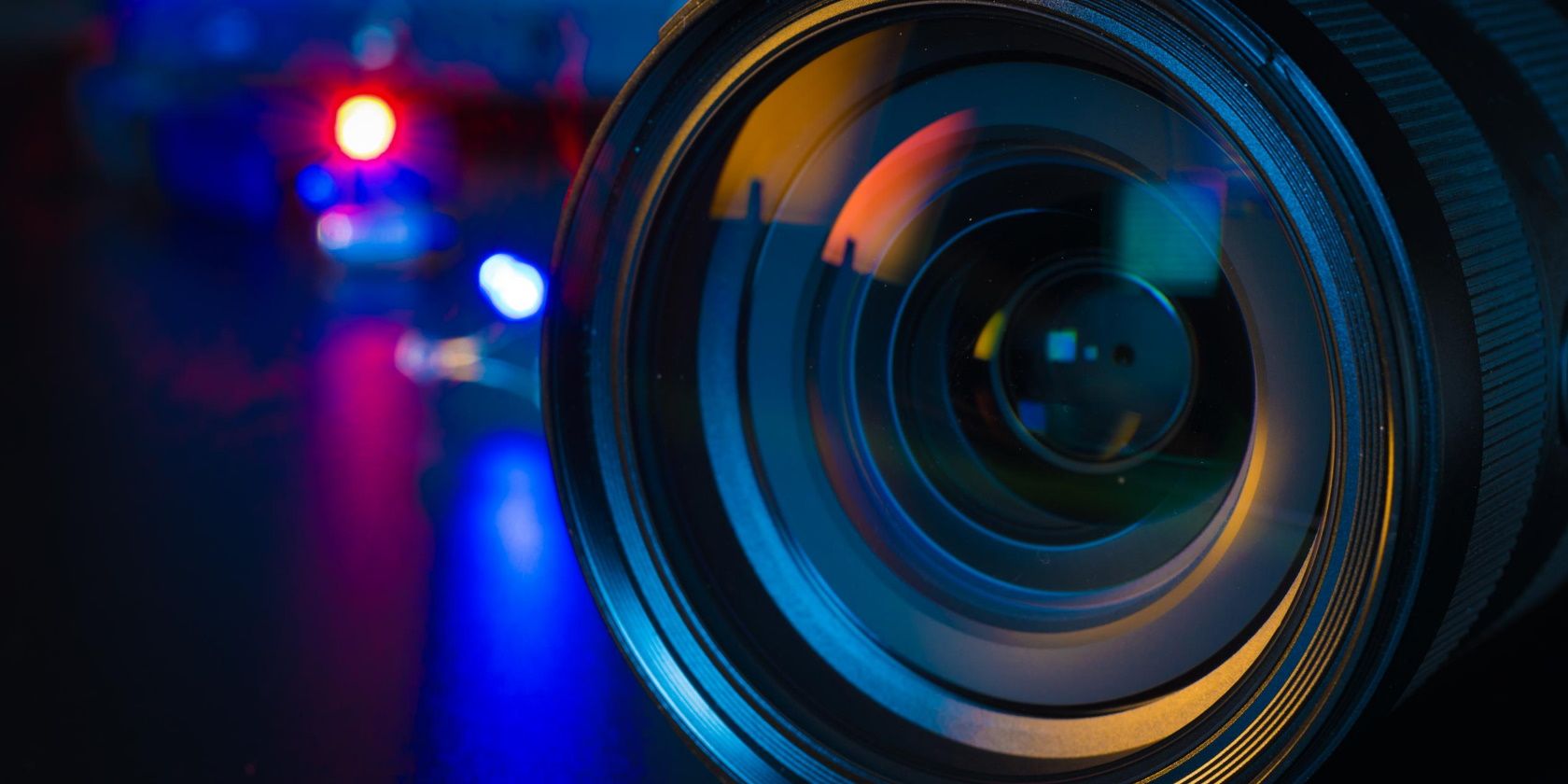Key Takeaways
- Buying a DSLR is only worthwhile if you’re ready to make the step up.
- Smartphones can do a lot a DSLR can, especially for social media content or video.
- Smartphone cameras are versatile and easier to carry around, and you don’t have to worry about accessories.
Despite owning a camera for six years and using it almost daily, I actually think that buying a camera is a waste of money for most people in 2024. You’re probably better off sticking with your smartphone (at least to begin with). Here’s why.
1 You Probably Won’t Use All the Settings on Your Camera
Let me be completely honest: I only use about three modes on my main camera. If you look at my Instagram account, I’ll happily tell you that 99% of the pictures were taken in Aperture Priority Mode.
You’ll probably feel pressured to use every mode and setting when you first buy a camera. But if you’re not doing so intentionally, you’ll needlessly complicate the image-taking process. For most photos, your smartphone is more than enough. This is especially true if you use an iPhone and can access Portrait Mode.
If you’re thinking of buying your first camera, I strongly recommend asking yourself why. Since there are many things that smartphones can’t do that DSLRs can, it might be the next step you need to take in your photography journey. But if you already have the mode or feature you need on your smartphone, it’s not worth it getting a camera.
2 Your Smartphone Is Easier to Carry Around
Before buying my first DSLR, I deliberately purchased a new smartphone with a better camera than my old one. I wanted to be 100% certain that I was interested enough in photography before making such a big commitment. I’m very grateful for doing so for two reasons:
- I realized the benefits of using a smartphone camera over a DSLR or mirrorless device.
- I was certain about leveling up my photography with a proper camera.
The biggest advantage of using a smartphone over a DSLR is that it’s much easier to carry around. You don’t need to worry about shuffling your carry-on luggage about, nor do you need to be annoyed that you couldn’t capture an image while you were out. Having your smartphone handy means that you’ll probably take more photos, which will naturally improve your smartphone photography skills.
3 A Smartphone Can Do Most Things a DSLR Can
Smartphone cameras have limitations, but you can say the same about every camera. Having used both a DSLR and a smartphone, I can tell you from personal experience that your smartphone can do much of what you’d do with a DSLR.
Modern smartphones have good image quality, and they’re more than enough if you’re just interested in sharing pictures on social media. I’ve even used some pictures from my smartphone on my blog. The best tool for the job is the best tool for the job, regardless of what it is.
Besides taking good photos with your smartphone, I would argue that your mobile device is better than a DSLR for shooting video. You can even shoot in 4K at 60 frames per second on some devices, which isn’t always possible on DSLRs.
4 The Focal Length of Your Smartphone Camera Is a Great All-Rounder
I’ve owned several lenses as a photographer, and while I’d prefer not to rely on a smartphone camera lens for landscape photography, the focal length is excellent in multiple situations.
If you love photographing food, smartphone camera lenses are particularly excellent (especially if you’re indoors). It’s also a great focal length for street photography; you can capture a lot without being intrusive.
You should definitely get a DSLR or mirrorless camera with a zoom lens or a prime with a longer focal length if you want to capture wildlife. But for everyday situations, smartphone camera lenses are great.
5 Smartphone Photos Have Plenty of Editing Options
I’ll often make at least slight adjustments to my smartphone photos, and while camera files are better for high-level editing, you have plenty of tools for adjusting casual pictures from your phone. You can always start with your device’s native editing app, and if you’ve got some money to spend, I recommend subscribing to Adobe Lightroom (available on iOS and Android).
Plenty of free editing tools, such as Canva, VSCO, Fotor, and Photoshop Express, also exist. You can do several things with these apps, such as reducing clarity and adding contrast. You can even get Instagram-style filters on your smartphone.
RAW files from a camera are difficult to edit as a beginner, so making small adjustments on your smartphone might reduce the learning curve.
6 You Don’t Have to Worry About SD Cards and Other Accessories
Despite the extra flexibility that can come with taking photos on a DSLR or mirrorless camera, you also need to think about the drawbacks. One of those is needing to buy extra accessories, such as batteries and SD cards. It’s even worse if something happens to them; for example, my SD card broke while I was on a trip to Norway in 2023.
You’ll also probably need to buy an external hard drive to store your RAW and edited files, but that shouldn’t be your only port of call. You will also likely need cloud software for backups, and costs can add up. You can still use cloud software for smartphone photography, but as the files are often smaller, your expenses will be lower.
While you should consider buying a screen protector and power bank for your smartphone, these will be useful beyond photography.
7 You Could Get Locked Into Shiny Object Syndrome
Historically, I’ve had a bad habit of looking at my camera instead of my skills when feeling stagnated. Buying a camera sometimes makes more sense, but in many instances, you need to level up your expertise by either trying new things or learning online.
Like every other piece of tech, you’re at risk of constantly wanting a new lens or camera body. I don’t know if you can ever fully get rid of these desires (and if you can, please do let me know), but it is something that you should think about. Buying a new camera or lens won’t solve all your problems, so just make sure you’re buying for the right reasons.
Buying a camera was one of my best-ever tech decisions, but it’s only because I spent years shooting on a smartphone first. If you’re new to photography or a casual photographer, you might find that getting a smartphone with a better camera is a smarter investment than purchasing a DSLR. You’ll know deep down when you’re ready to upgrade, but make sure you’re doing so intentionally.





